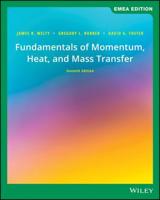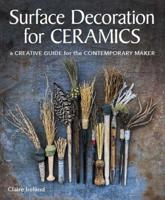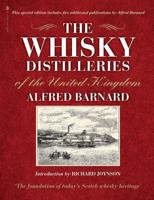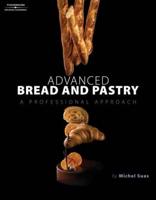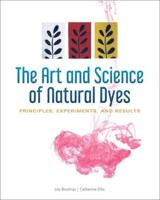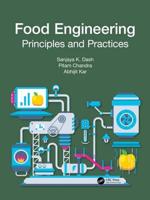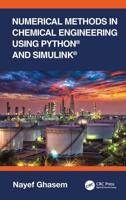Publisher's Synopsis
The objectives of rubber compounding may be essentially defined as providing optimised performance and processability, generally at minimum cost, by the incorporation of non-rubber ingredients. Optimised performance in this context refers not only to mechanical properties but also, for example, resistance to bacteria or particular chemicals. In some applications a rubber may also need to be coloured, or bonded to another material, and further ingredients may be required. For many years, rubber compounding was largely empirical and frequently described as a black art. Today it is practised predominantly on the basis of scientific principles elucidated over years of study and is still the subject of intensive research. In this new report Claude Hepburn reviews the following range of compounding ingredients, considering the range of materials available, their particular actions and recent interesting advances: Process and extender oils; Process aids and surfactants; Coupling agents and adhesion promoters; Fire retardants, bactericides and blowing agents, colourants and odourants. An additional indexed section containing several hundred abstracts from the Polymer Library provides many more examples of novel materials and their applications.



